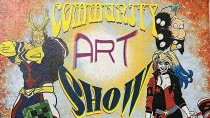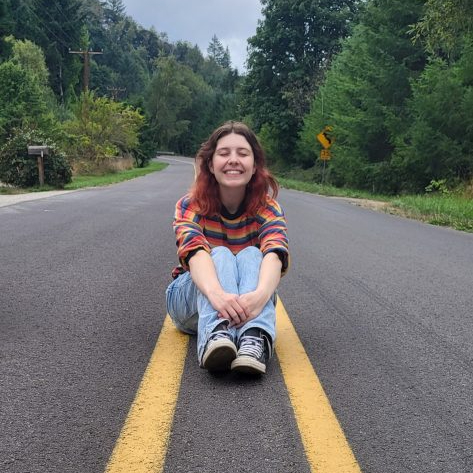What is Día de los Muertos?
El Día de los Muertos, or “Day of the Dead,” is a Mexican celebrated holiday in which families welcome back passed souls of their deceased relatives for a brief reunion. The reunion includes food, drinks and a celebration of the souls they are celebrating. A mix of Mesoamerican ritual, as well as European religion and Spanish culture, the holiday is celebrated on Nov. 1 and Nov. 2.
There is a slight difference between what both days signify. Nov. 1 is used to celebrate el Día de los Inocentes, or “The Day of the Innocents,” also known as children. Día de los Muertos on Nov. 2 is “All Souls Day,” when all the people who have passed away are acknowledged.
According to tradition, the gates to heaven are opened exactly at midnight on Oct. 31 and spirits of the innocents, or children, may return back to Earth for a day. The same goes for Nov. 2, when families can rejoin with their loved ones for 24 hours.
Origins of the Holiday
The Day of the Dead is primarily celebrated in contemporary Mexico and among those with Mexican heritage in the United States and around the world. It goes back about 3,000 years, to rituals honoring the dead in pre-Columbian Mesoamerica. The Aztecs and other Nahua people inhabiting what is now central Mexico held a cyclical view of the universe. They saw death as an integral, ever-present part of life.

Upon dying, a person was thought and believed to travel to the Land of the Dead, Chicunamictlán. Only after getting through nine challenging levels, a journey that takes several years, could the person’s soul finally reach Mictlán, also known as the final resting place of the dead. In Nahua rituals to honor the dead, which were traditionally held in August, family members provided food as well as water and tools to aid the deceased in their difficult journey. This inspired the contemporary Day of the Dead practice in which people leave food or other offerings on their loved ones’ graves, or set them out on makeshift altars called ofrendas in their homes.
Difference Between Day of the Dead and All Souls Day
In ancient Europe, pagan celebrations of the dead also took place in the fall. They consisted of bonfires, dancing and feasting. Some of their costumes survived even after the rise of the Roman Catholic Church, which (unofficially) adopted them into their celebrations of two minor Catholic holidays. All Saints Day and All Souls Day are both celebrated on the first two days of November.
In medieval Spain, people would bring certain things such as wine and pan de animas (spirit bread) to the graves of their loved ones on All Souls Day. They would also cover their graves with flowers and light to illuminate the passed souls on their way back to Earth. In the 16th century, Spanish conquistadors brought such traditions with them to the New World, along with a darker view of death influenced by the devastation of the “black death” bubonic plague.
How Is the Day of the Dead Celebrated?
Unlike common belief, el Día de los Muertos is not the Mexican version of Halloween, although both holidays share common traditions, including costumes and parades. On the Day of the Dead, it’s believed that the border between the spirit world and the real world dissolve. During this brief period, the souls of the dead awaken and return to the living world for celebrations, including feasts, drinking, dancing and playing music with their living loved ones. In return, the living family members treat the decade as honored guests in their celebrations. They leave their loved ones’ favorite foods and other gift offerings at the gravesites or on the ofrendas built in their homes. Ofrendas can be decorated with candles, bright marigolds called cempasuchil and red cock’s combs alongside things such as food, stacks of tortillas and fruit.
The most prominent symbols to the Day of the Dead are calacas (skeletons) and calaveras (skulls). In the early 20th century, printer and cartoonist Jose Guadalupe Posada incorporated skeletal figures in his art mocking politicians and commenting on revolutionary politics. His most well-known work, “La Calavera Catrina,” or “Elegant Skull,” features a female skeleton adorned with makeup and dressed in fancy clothes. In the 1910 etching, the intention was to make a statement about Mexicans adopting European fashions over their own heritage and traditions. La Calavera Catrina was then adopted as one of the most recognizable Day of the Dead icons.
During modern Day of the Dead festivities, people commonly wear skull masks and eat sugar candy molded into shapes of skulls called calaveras. The pan de ánimas of All Souls Day rituals in Spanish is reflected in pan de muerto. This is a traditional sweet baked good of Day of the Dead celebrations. Other foods and drinks associated with this particular holiday, but consumed year-round as well, include spicy dark chocolate and the corn-based drink known as atole.
You can wish someone “Happy Day of the Dead” by saying, “Feliz Día de los Muertos.”




